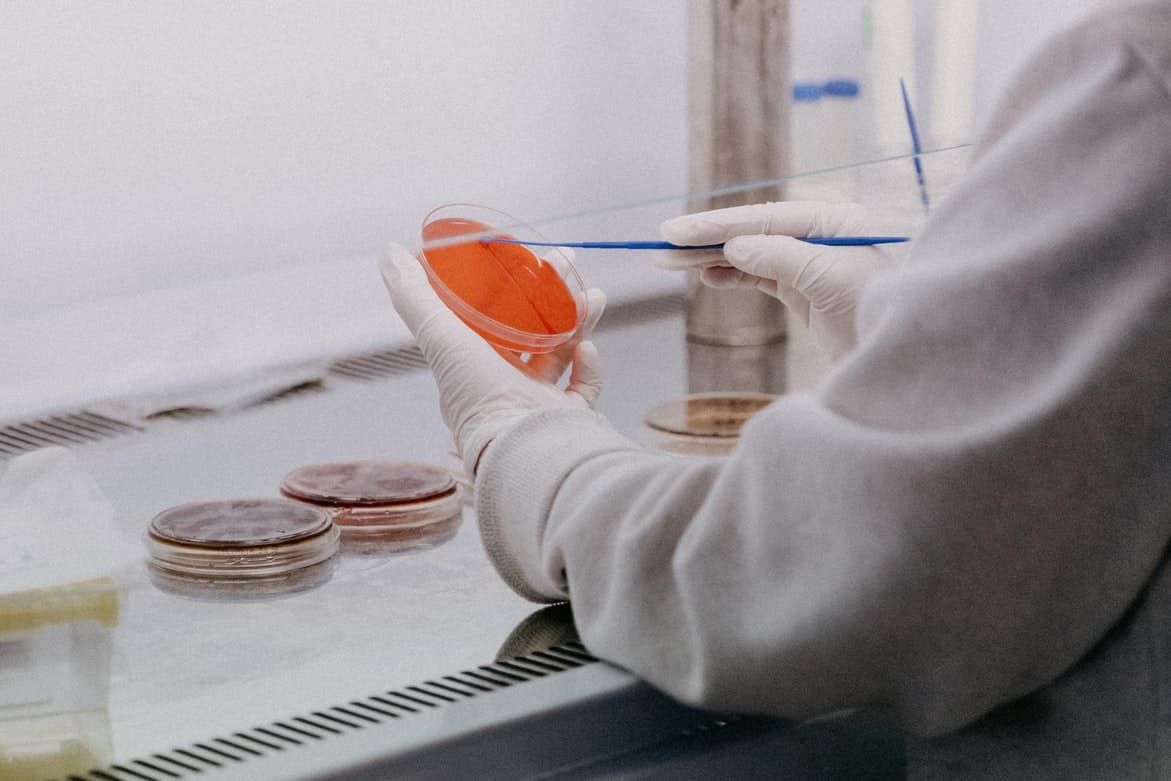
Confused about the key differences between biological safety cabinets and laminar air flow (LAF) cupboards? You're not the only one. To the untrained eye, both of these pieces of important laboratory equipment can look identical. But with a little more research and a degree of understanding, you'll quickly come to realise that they're used for very different procedures.
Here, we're going to take a look at the key differences between the two. By the end of this article you'll know exactly what a biosafety cabinet should be used for, what an LAF cupboard shouldn't be used for, and how our team at TION can help you get the best equipment possible for whatever application you have in mind.
Let's begin with the ever-popular cabinets first. Biological safety cabinets (also known as biosafety cabinets) are dedicated laboratory workspace areas that are enclosed and ventilated.
In simple terms, they consist of a HEPA filter / ULPA (used to clean exhaust air before releasing it to atmosphere or recycling the air), a work chamber for materials and experimentation, and a sash to protect the user. There are several different types of cabinet, but they're all designed so that the contaminated air flows in through the sash and expels 70% of the sterilised air upwards out of the top of the unit and 30% back on to the work surface.
These cabinets allow the user to carry out experiments on potentially harmful pathogens and chemicals while remaining fully protected. The user isn't exposed to anything dangerous and intelligent filters clean the exhaust air of any harmful byproducts before releasing it to atmosphere.
Like the safety cabinets, LAF units are also used in a wide range of medical, pharmaceutical, sterile manufacturing, and scientific research workspaces. But their role is slightly different.
There are two main types of laminar flow cupboards: horizontal and vertical. Their appearance is similar to a safety cabinet with electronic dials on the face, a central workspace, an exhaust system, and a general assembly. However, the workspace is open, and air is brought in from the top of the unit through a filter and pushed out of the cupboard towards the user.
One key consideration when selecting the most appropriate type of LAF cupboard is the air turbulence. Each time a utensil or user enters the working area, the air flow will be disturbed.
Conversely, a vertical cupboard is the ideal choice when using large pieces of equipment. The workspace is taller, deeper, and allows users to carry out tasks with greater flexibility. You can find more information on laminar air flow here.
If it wasn't already clear, there are a few fundamental differences between the two units.
To begin with, biological cabinets offer the user and the workspace considerable protection – this isn't offered by LAF cupboards, they are only designed to sterilise the atmosphere and protect the specimen. Each type of cabinet is designed to remove potentially harmful viruses and bacteria completely. Laminar flow cupboards, on the other hand, consist of an open working area.
A safety cabinet can involve an incredibly advanced design as well. All kinds of, airflow velocities, filters, exhausts, and slots are used to efficiently clean contaminated air and offer complete protection to both the user a specimen. LAF units are much simpler machines, with a constant, uniform airflow.
HEPA filters can be added to the cupboard for further protection if desired, but essentially, both the types of units will protect the work sample adequately. When the protection of the product and the user, as well as laboratory is a top priority, biological safety cabinets are the obvious choice.
At TION, we manufacture only the best biological safety cabinets and laminar flow cupboards on the market.
Our LAF cupboards are long-lasting and incredibly safe. The airflow design ensures British and European safety compliance, and we can even produce bespoke cabinets, uniquely designed for your space and application to keep your team safe whatever the height, depth, configuration, or mounting.
And when it comes to our biological safety cabinets, keeping your staff safe is our top priority. They offer a high level of contamination protection with advanced filter configuration, a range of airflow patterns, have a typical efficiency of 99.9995% and come with an integrated red light alarm system.
For maximum flexibility, quality, and laboratory safety, contact us today and find out how our team can help. If you're interested in purchasing a LAF cabinet, please visit our laminar flow cabinet product page.
Read our Privacy Policy for more information on how we collect and process data.



No thank you
Read our Privacy Policy for more information on how we collect and process data.